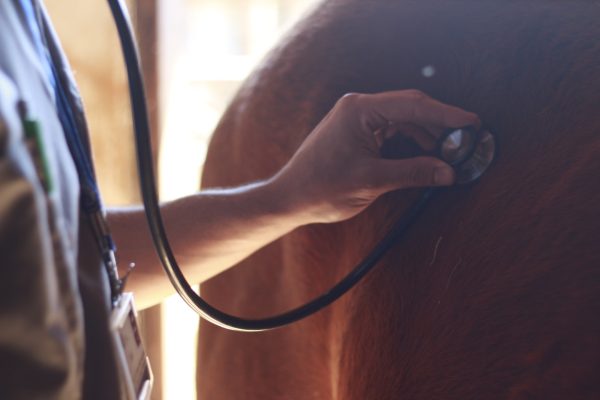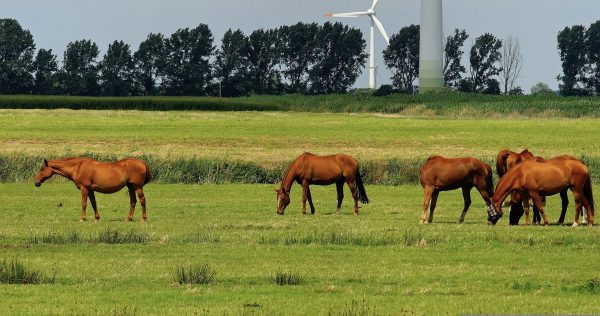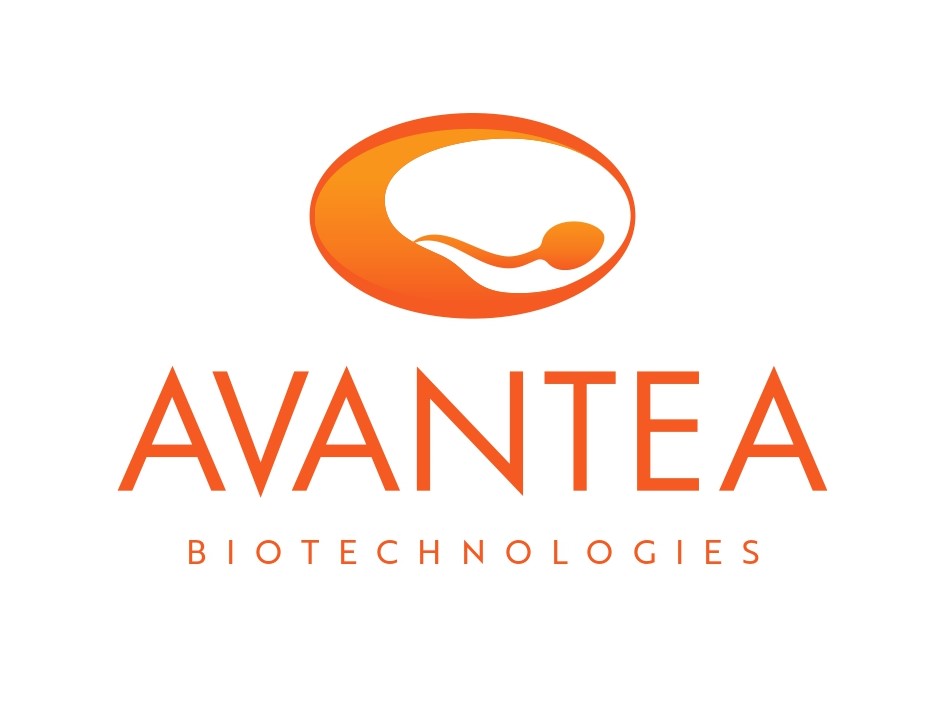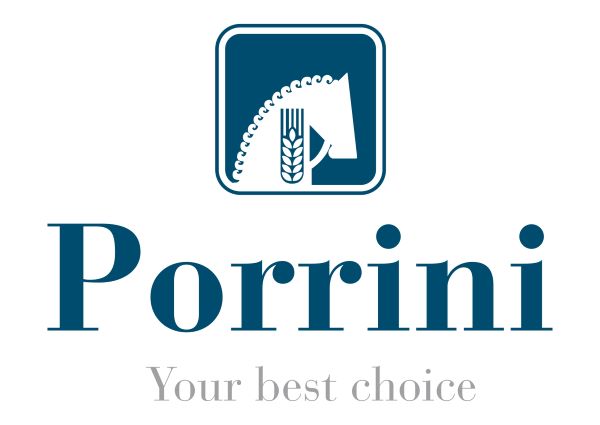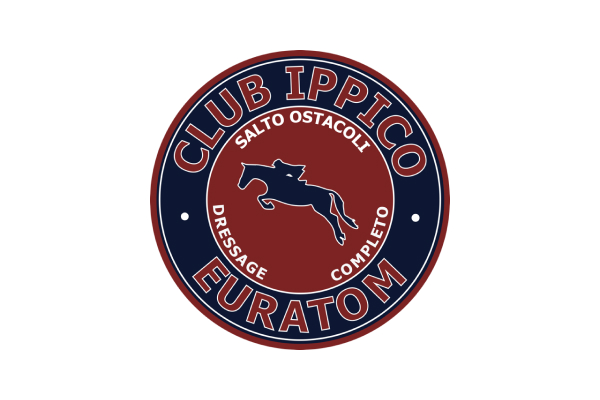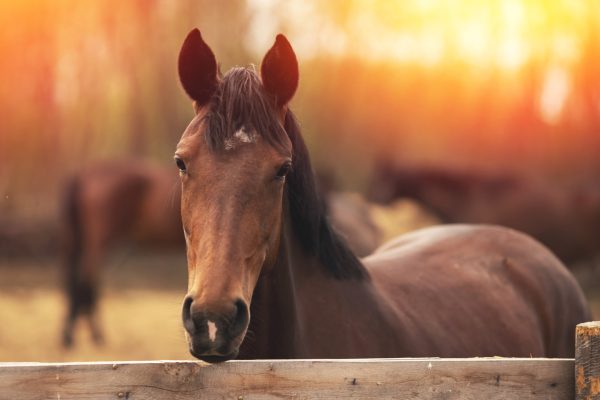
Decoding Horse Gastritis: Dr. Biglietti’s Comprehensive Insight
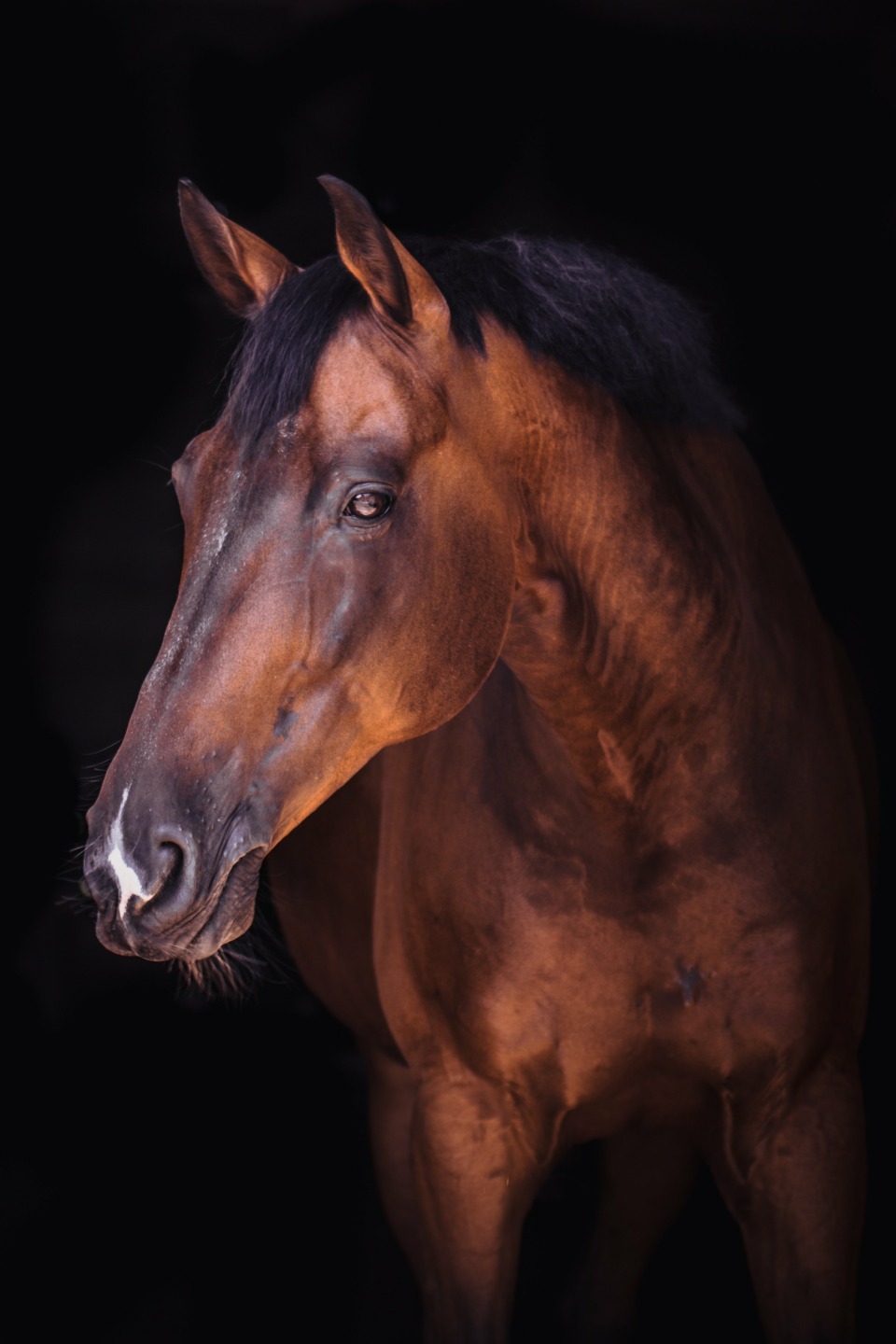
Good morning, I am Dr. Biglietti, and for today’s weekly episode on horseshowjumping.tv , let’s delve deeper into the intricate world of horse gastritis.
This relatively common condition among horses presents itself in varying degrees of severity, often operating incognito without evident symptoms. Contrary to popular belief, detecting gastritis isn’t straightforward, as horses with this condition usually don’t display overt signs like abdominal pain or colic.
Subtle Signs and Weight Loss Concerns
Horses afflicted with gastritis tend to exhibit more subtle signs, with weight loss becoming a significant concern. Additionally, secondary pathologies may emerge, including gas accumulation in the intestine and potential changes in the position of the intestine or constipation of the large recurring colon.
Gastroscopy: Unveiling the Severity
The linchpin of assessing the gravity of gastritis is gastroscopy. This diagnostic procedure, optimally conducted during the day, provides an in-depth view of the horse’s stomach lining. Gastroscopy can be administered at a school or in a clinic, offering valuable insights into the degree of inflammation and damage.
Tailored Therapies: Navigating the Pathological Landscape
Therapeutic approaches hinge on the severity of the pathology. For milder cases, simple gastrointestinal integrators are employed.
These integrators serve the purpose of shielding the damaged mucosa, thwarting the progression of complications. However, when dealing with bleeding ulcers, a more targeted strategy is
required. Medications like prazol, crafted explicitly for gastric ulcer treatment, become indispensable.
Dietary Adjustments: A Holistic Approach
Beyond pharmaceutical intervention, a holistic approach to managing horse gastritis involves dietary modifications. Eliminating cereals from the horse’s diet is a prudent move, given their potential to exacerbate gastric acidity. An effective dietary practice includes providing concentrated feed after hay consumption. This strategic feeding sequence not only aids in digestion but also contributes to slowing down stomach emptying.
Unlocking the Mysteries of Equine Gastritis: A Comprehensive Exploration
The intricacies of equine health are brought to light by Dr. Biglietti, shedding light on the multifactorial nature of gastric ulcers in horses. These ulcers are categorized into squamous or non- glandular mucosa and the glandular mucosa, with elusive scientific verification of Helicobacter infection despite various diagnostic approaches.
Origins of Gastric Ulcers: Unveiling Complexity
Understanding the development of ulcers in the glandular portion of the stomach proves challenging. Yet, it’s established that anti- inflammatory drugs pose a risk for ulcers in both adult and foal horses. While excessive exposure to acidic juices doesn’t emerge as a direct cause, histological studies draw parallels between equine ulcers and those observed in humans with Helicobacter infection.
Factors and Risks: A Sport Horse Perspective
In the realm of sport horses, work-related stressors, including transportation, diet (excessive carbohydrates), prolonged stall
confinement, and extended periods without food, are primary contributors to gastric ulcers. The increased pressure on gastric walls during exercise adds a mechanical factor to the stressors. Chronic musculoskeletal pain can also play a role in gastritis and ulcer development.
Clinical Signs and Diagnostic Challenges
Clinical signs of equine gastric ulcers are diverse, encompassing alterations in behavior, poor performance, reduced appetite, weight loss, and mild abdominal pain or recurrent colic. However, accurate diagnosis requires a meticulous examination of the intestinal apparatus to exclude mechanical or functional causes. Gastric ulcers can induce alterations in normal intestinal functionality, predisposing horses to , constipation, or gas accumulation due to sympathetic visceral responses to gastric pain.
Holistic Treatment Approaches: Integrating Expert Recommendations
Dr. Biglietti recommends a nuanced therapeutic approach. Antacids, such as those based on calcium carbonate, magnesium hydroxide, or aluminum, are effective but necessitate frequent administration.
Proton pump inhibitors like omeprazole, administered on an empty stomach, have shown efficacy, especially in racing horses. Long- acting omeprazole injections at seven-day intervals present an alternative.
Ranitidine and Cimetidine: Targeting Histamine Receptors
Histamine receptor antagonists, including intravenous ranitidine and cimetidine, prove beneficial in managing equine gastric ulcers.
Despite the unavailability of some medications, these interventions aim to alleviate symptoms and contribute to the overall well-being of the affected horses.
Future Prospects and Ongoing Studies
While commercial nutritional supplements may offer prolonged effects, Dr. Biglietti emphasizes the need for more specific studies in this domain. The integration of scientific advancements and clinical expertise propels our understanding of equine gastric ulcers, paving the way for enhanced diagnostic precision and targeted therapeutic interventions. The ongoing dialogue between practitioners and researchers is instrumental in advancing equine health and elevating the standard of care for our four-legged companions.
© Rights Reserved.




